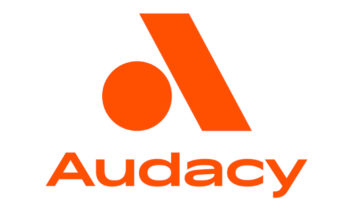“Overall market listening for play-by-play” is some of the highest you’ll ever see in radio, so says John Snyder, Arbitron vice president of product development.
That’s part of what the audience research firm has learned from reviewing over five years of accumulated Portable People Meter data on radio sports play-by-play listening.
Criteria like a team’s success, the impact of television in a market and a reliable radio flagship station all play a role in play-by-play listening estimates. Playoff contention can make a team’s listening levels skyrocket, said Arbitron officials during a webinar Thursday.
Success on the field often leads to success in ratings, according to Chris Meinhardt, manager of Arbitron Sports. In this example (see chart), Arbitron compares 2010 with 2011 PPM ratings estimates for four Major League Baseball teams, showing that the average game cume for persons 6+ rises for teams that did well, and drops for those teams that didn’t.

Cume is defined as the number of unique listeners.
Conversely, a losing year does have an effect on play-by-play PPM ratings estimates, as seen in this Chicago Cubs example (see chart).

The broadcast time, and a listener’s access to television can impact listenership. With only 16 NFL regular season games, having a larger number of night games can impact listenership. The average game cume for persons 6+ was 271,500 among men 25–54 for a day game, but only 126, 900 for men 25–54 for night games, according to Arbitron’s PPM estimates. The average quarter-hour was 2.6 compared to 1.3 respectively.
Television game blackouts help drive audience to radio. However, some audience is still driven to TV. The Super Bowl remains a highly-watched television event, for example.
And finally, the jury is still out on whether the migration to FM for flagship stations helps or hurts listening. The news was especially timely in light of ESPN’s announcement this week that it’s gaining an FM in New York City, WRKS(FM) at 98.7 MHz.
Moving from AM to FM doesn’t necessarily result in increased listening. The Oakland A’s saw flat listenership after moving its flagship from AM to FM. The A’s had an average cume of 27,700 in 2010 on KTRB(AM) and 26,300 in 2011 when it was on KBWF(FM), according to Arbitron.
The Baltimore Orioles went in the opposite direction, moving its flagship from FM to AM. The Orioles saw an average cume of 37,300 on WJFK(FM) in 2010, and 36,200 in 2011 on WBAL(AM), according to the findings.
Overall, among the top 10 radio formats, sports listeners are educated and have good incomes. MLB play-by-play listeners, for example have average incomes of more than $75,000 a year.
Play-by-play over the course of a season can reach half a market, says Arbitron.







